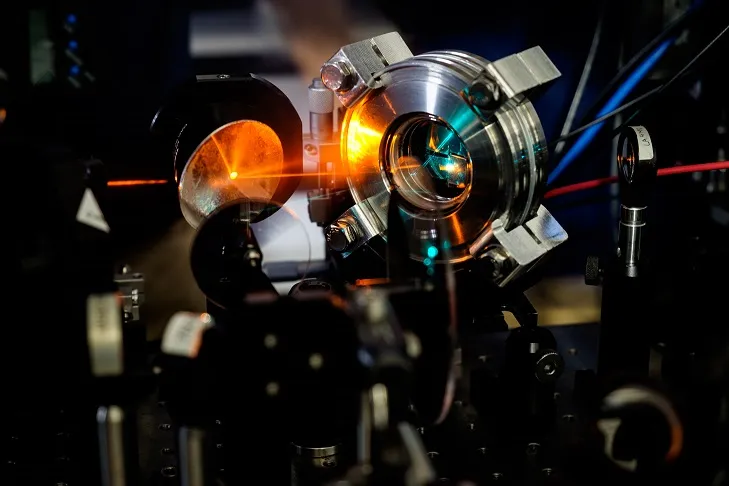Proving perovskite reliability
- A new paper published in Nature claims that scientists have reached a consensus on the procedures for the testing of perovskite cells, which they say will lead to better reproducibility and comparability of data produced by different laboratories, and ultimately a better understanding of the degradation pathways affecting perovskite solar cells, and the most effective ways to mitigate them.

Perovskites still have a way to go to convince the PV industry of their potential for long term durability. The class of materials’ sensitivity to moisture and other conditions they would be sure to encounter in the field has continued to be a stumbling block.
Scientists have taken many different approaches to solving this problem, from coatings and encapsulants to protect the cell from the elements, to carefully selecting and processing the material itself to minimize sensitivity. And recently there has been no shortage of encouraging results to illustrate the speed at which the technology is progressing.
But, according to a new paper published in the journal Nature, this progress is still marred by a lack of standard testing procedures and reporting parameters, often making it difficult to compare results and gain a deeper understanding of perovskite degradation mechanisms.
The paper, Consensus statement for stability assessment and reporting for perovskite photovoltaics based on ISOS procedures, outlines a consensus reached between scientists for measuring perovskite stability. The work began with a roundtable discussion held at the 11th International Summit on Organic and Hybrid Photovoltaics held in Suzhou, China in October. An initial set of procedures was drawn up based on this discussion of stability assessment, and was circulated among the contributing authors until a consensus could be reached.
The standards
The procedures for perovskite solar cells build on an earlier set of protocols developed in 2011 at a previous International Summit on Photovoltaic Stability (ISOS) conference to be applied to organic solar cells, with added protocols focusing on features specific to perovskite solar cells – including requirements for light-dark cycling, electrical bias, and other factors.
The group also published a checklist for reporting perovskite results, noting that even if a parameter has not been controlled during an experiment, it should still be monitored and reported in results.
“We hope that the guidelines for conducting and reporting stability studies described in this paper will improve comparisons between data from different laboratories and from different device architectures,” concludes the paper. “The set of procedures and practices suggested here serves as an intermediate stage in perovskite solar cell technology maturation, aimed at the identification of degradation pathways and the prospects for their mitigation.”
The group further noted that, although the ISOS protocols have been taken into account in developing IEC standards, the consensus put forward in the paper is designed to help scientists report useful, comparable results, and not as a ‘pass or fail’ qualification test to be used by industry or for insurance purposes.
Also read

